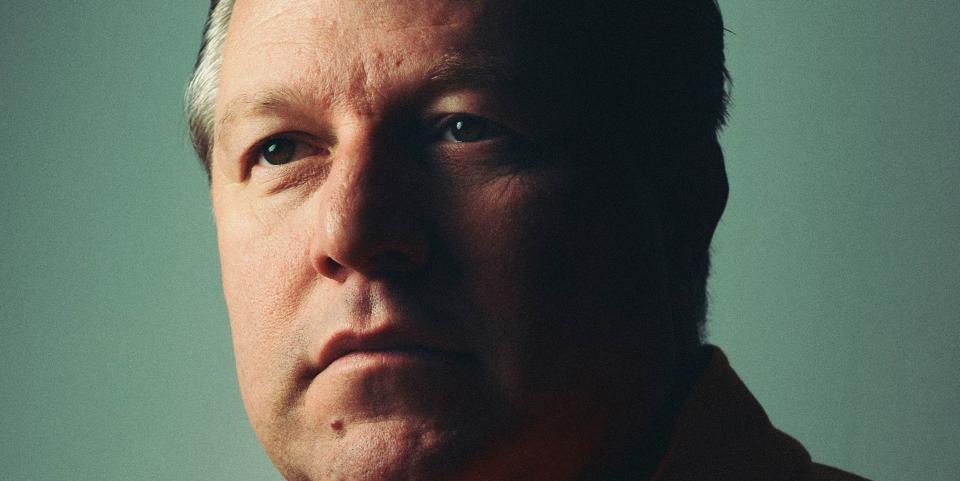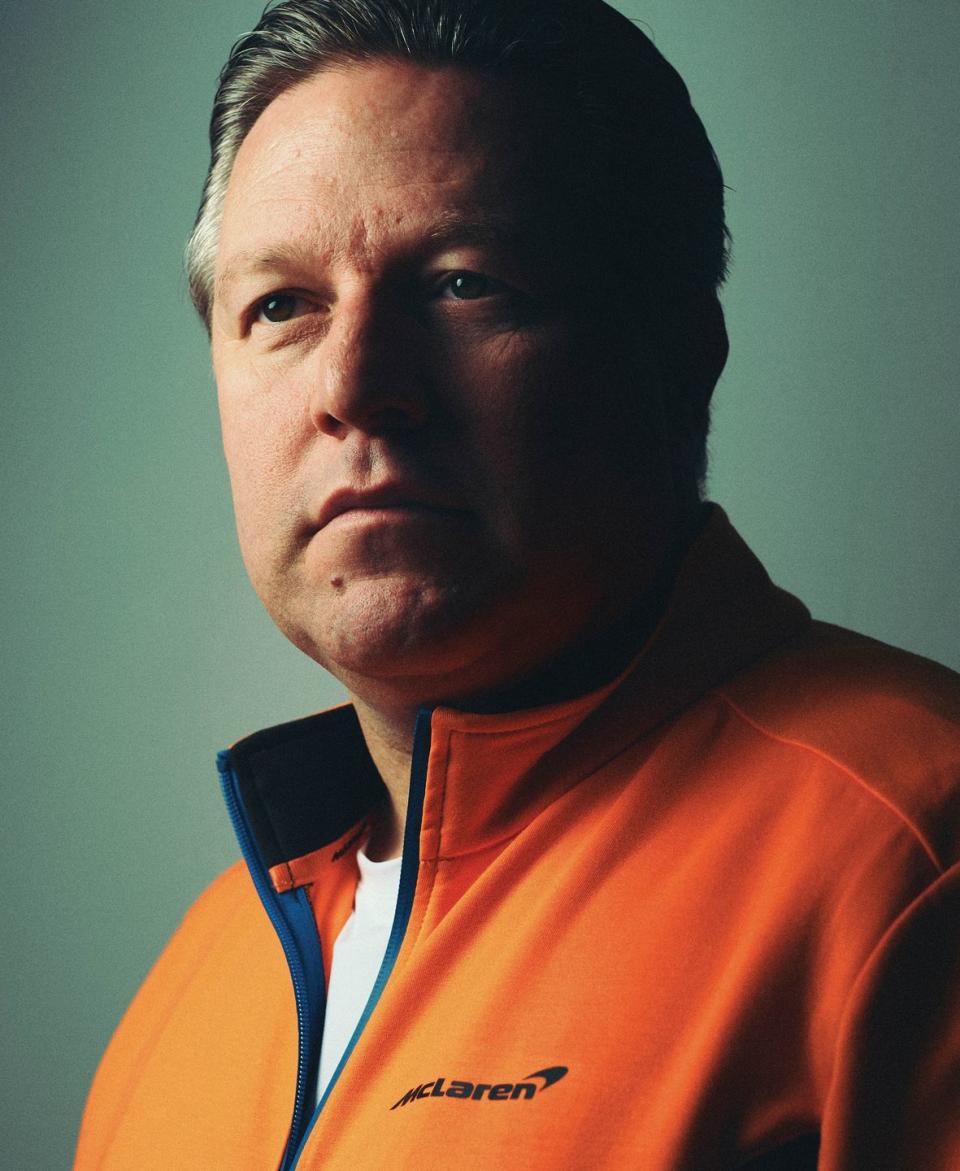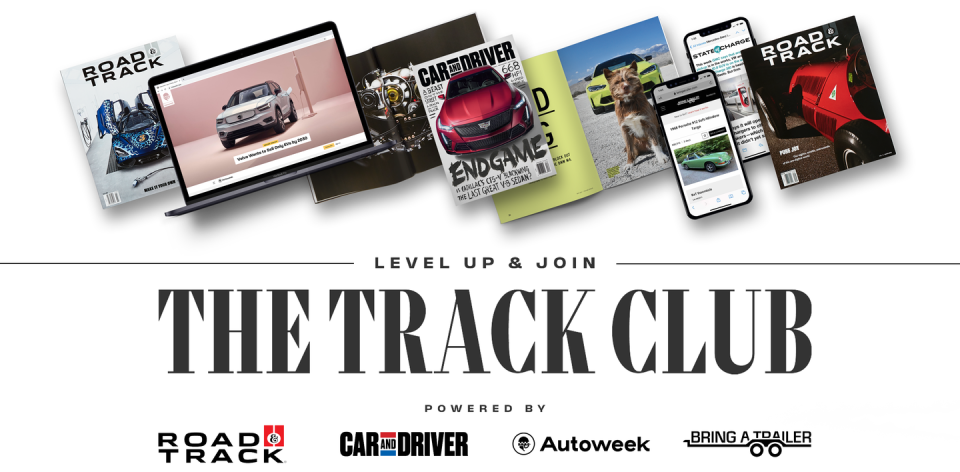McLaren's Zak Brown Has Never Seen Formula 1 So Hot, Ever


Zak Brown became CEO of McLaren Racing in 2016, right at the storied race team’s lowest ebb [fig. 1]. He’d earlier made a name (and a fortune) for himself with his motorsport marketing firm, Just Marketing International. He is intimately acquainted with the business of motorsport.
Road & Track: It looks like a great time in Formula 1—and really all the professional racing series—in terms of business. Is it as good as it looks?
Zak Brown: Yes. I also agree with you on your global comment, about motorsports in general. I have never seen Formula 1 so hot, ever. I’ve been running McLaren six years, but I’ve been around the sport for 25. That’s fact, not opinion. TV ratings are up. Record number of grands prix, more people want more grands prix than we can put out. Teams want to enter the sport, new manufacturers on the doorstep: Porsche, Audi. Digital numbers are through the roof. Corporate partnerships with the biggest brands in the world are on fire, brands that have historically not been in this sport: Google, Goldman Sachs, Cisco, Dell, Coca-Cola. All the races are sold out. The sport is on fire.
R&T: Is it a blip, or can the success continue?
ZB: That’s the part I’m most excited about. I think it’s only going to get stronger. The racing’s going to get closer because of the cost cap. The 10 teams have never been healthier, and they’re owned by people and groups now that can afford to be in Formula 1.
R&T: And the average value of an F1 team is up considerably since the budget cap came in.
ZB: Massively. I think we’re going to see better racing, too, because this is just the first year of the new regulations. What happens is, as the rules stabilize, everyone catches up. In the last 20 years, you’ve had two teams always fighting for the championship. In the last 10 years, it’s almost been one team with two teammates fighting for the championship. I think when the racing is more competitive, that’s going to increase spectators, which means more media, which means more sponsors, which means more countries are going to want races. It’s just going to keep building this great momentum. So, it’s the budget cap and all that Liberty [Media] has done to fix the economic structure of the sport. And we’ve just done a new TV contract in America [with ESPN] that’s up twentyfold.
R&T: Speaking of television, average viewership for Formula 1 races in the U.S. was up 54 percent from 2020 to 2021. That must have a profound effect on sponsorship.
ZB: A hundred percent. You have three revenue streams: You’ve got money you get from Formula 1, you get money from your sponsors, and then licensing and digital, etc. A little more than half of our revenue is from our corporate partners, and it’s grown fivefold since 2016.
R&T: Is there any sponsorship synergy between F1 and IndyCar that gives McLaren a financial advantage?
ZB: Yeah, definitely. That’s one of the primary reasons we’ve acquired a Formula E team from Mercedes. We were the first, and at this point only, [F1 team] in Extreme E. We’re the only F1 team that has an IndyCar team. Our logic there is, no matter how big Formula 1 gets in North America, we want to have the biggest North American platform because of the importance of that market to the majority of our corporate partners and fans. When I look at our racing portfolio, Formula 1 is our center of gravity, but IndyCar then allows us to dial up North America, and Formula E and Extreme E allow us to shine a light on our partners’ commitment to sustainability. They’re all very complementary to try to create the most exciting racing team in the world.

You Might Also Like

 Yahoo Autos
Yahoo Autos 